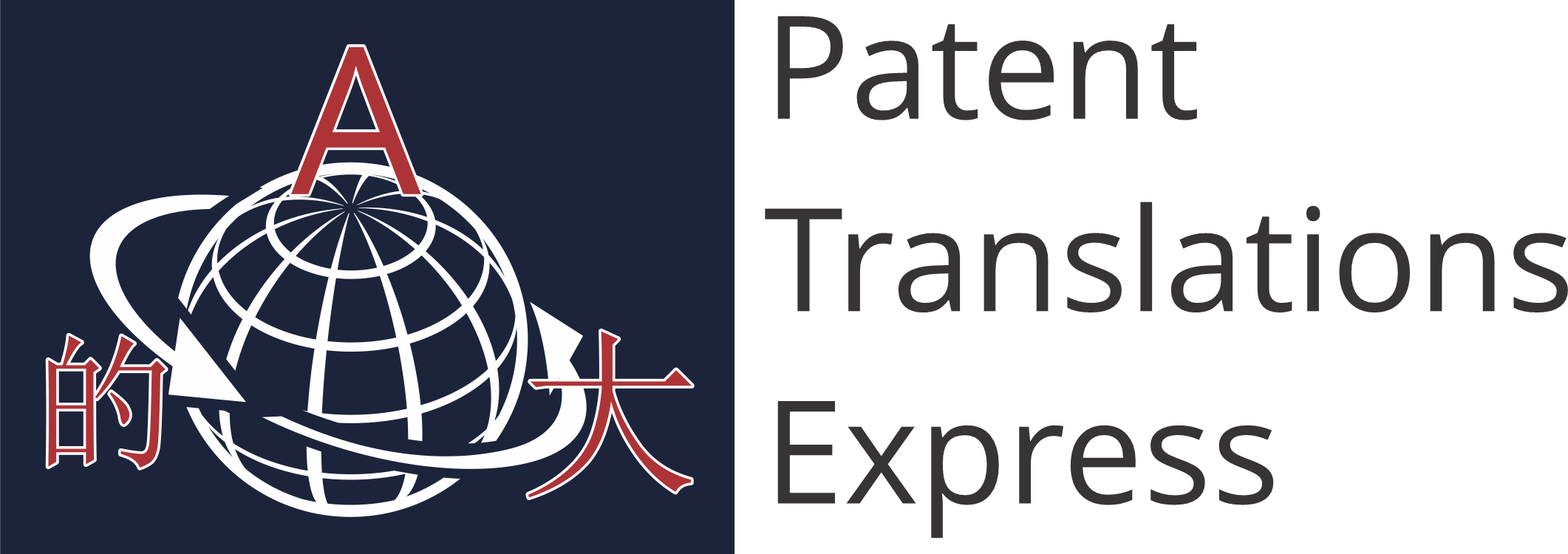Computer-assisted translation or machine-assisted/aided translation refers to a software-based automatic translation utility which helps the translators in their translation work. This basically functions by translating text and storing it along with the source text into a database. This helps in further patent translation work by using that database for any queries in the future. This enables enhancement in the speed, consistency, and quality of the translation work. Computer-assisted translation even makes the translators work easy.
CAT has conveniently overtaken the manual data translation into an automatic machine translation process. This has made the process of translation much more interactive between the translator and the computer. There are other advancements in the tools like analysis of the word counts, units, text content, etc.
Features
Computer-assisted translation has made the translation work of text documents more reliable and fast with its database system. It uses the following features which primarily rely on its ever-expanding database:
1. Segmentation
It divides the contents of the document into a number of segments, which provides help in further translation work. These segments pop up when the translator works on similar sort of sentences and they should match up with the existing translations. This simplifies the process for the user. Instead of typing and performing the translation of a similar text once again, he/she can use the pre-existing data from the database. This saves time, energy, and efforts of the translator and even helps in maintaining consistency within the whole document.
Related article: Introduction to Freedom to Operate Search
2. Correspondence
It saves the translations with its respective sources to perform future translations in a more precise and accurate manner. You refer to both the source and its translation as a translation unit. It helps in maintaining a good quality within the translations. It provides a utility to search for any particular segment and then revise it if there is any doubt for translation.
3. Memorization
Its main and base functionality is its database, where the system saves, searches and retrieves the translations retrieved for future translations. This memory is commonly known as ‘translation memory’, without which the whole process of automatic translation becomes insignificant.
4. Automation
An automatic find-and-retrieve feature is a powerful tool. This makes it possible to find or search for a specific segment of data, and then retrieve its translation automatically. The translator can himself/herself decide if the segment in the suggestions is worth consideration for the use or not.
5. Add-ons
It also provides some additional features such as tools for index/concordance, import/export, text search, statistics, text formatting, and alignment. It even includes an automatic watch list to monitor the quality and Internet tools for information access through the Internet.
If Translation memory interests you, then you will get to know all the details of it here.
Importance
Using a tool like Computer-assisted translation clearly holds a lot of importance. It will provide the following benefits:
1. Systematic translation
Computer-assisted translation divides the data into smaller sections or segments and stores them into the memory with its source. This makes it convenient to use it in future translations with better accuracy. This makes it easy to work on projects that involve a large amount of translation and requires precise terminologies. It becomes easy to handle the translation of large-sized projects, in a shorter period of time.
2. Consistency and authenticity
Since all the translations can be directly incorporated from the suggestions of the previous translations in the entire project, consistency in terminology and style of writing can be easily achieved. Once you achieve the consistency by following the correct laws of translation, you can also maintain the authenticity within the data.
3. Less error-prone
The translation of similar segments happens in the same manner with the same terminology across the whole document. Hence, the chances of the occurrence of human errors decrease. Hence, the translator can directly use the part in suggestions everywhere. This avoids the chances of missing a segment or performing the wrong translation.
4. Time & energy-efficient approach
The existing database is constantly developing and updating according to its user. Utilization of this database saves the translator’s time and effort. The translator can easily focus on what is new for him, instead of translating everything he already knows. This makes both the translation work and the translator more efficient, by maintaining consistency and by enhancing the translation skills, respectively.
Related Article: Why To Proofread A Patent?
5. Assistance
Computer-assisted translation even provides the facility revision of translation from time to time. That is why it has become an essential and efficient tool for both the translation service buyers and the translators.
6. Base trainer
CAT can also be used to train other machine translation engines for creating translation memory.
7. Futuristic approach
CAT has been promoting a paper-less approach by suggesting and helping patent translators for a large number of translations.
8. Backup support
CAT even provides backup support for the existing files, so that the translator can never miss even a single translation work. In a case where a mistake is made, then the user can easily retrieve the file.
Related Article: What is the role of an Intellectual Property Paralegal?
Conclusion
A manual patent translation is always a better decision. Find out why.
Need a Professional Translator? – Patent Translations Express
It is absolutely necessary for you to have clear translations when working with patents. Be it translating existing patents or other relevant documents or translating your application. It is pivotal to translate every word without the loss of meaning at any point. Hence, hiring a professional is advisable.
We at the Patent Translations Express, have an exclusive network of native patent translators who are subject matter experts (SME’s) apart from having native language expertise. To know us better please and get an idea about the price quote please check out our Patent Translation Services.

